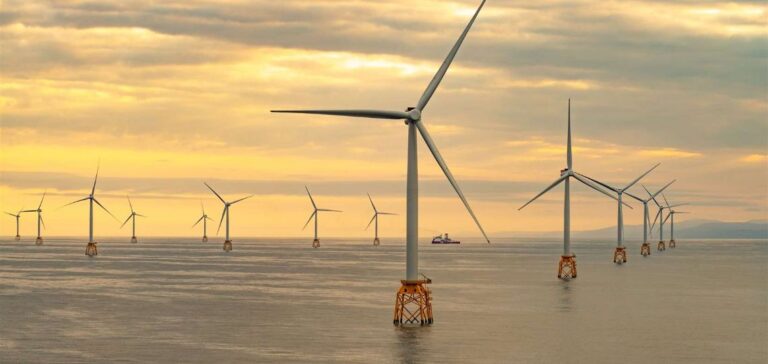The Taean Wind Power offshore wind project, a collaboration between Copenhagen Infrastructure Partners (CIP) and Vena Energy, marks a significant milestone for the energy sector in South Korea. With a planned capacity of 500 MW, this project aligns with the country’s goals to achieve 14.3 GW of installed offshore wind capacity by 2030.
The two partners secured a fixed-price offtake contract during the auction organized by the Korea Energy Agency (KEA) in 2024. This milestone ensures critical financial stability for the construction phase, set to begin in the second half of 2026, with commercial operations anticipated by 2029.
A Clear Economic and Industrial Strategy
By leveraging local players such as LS Cable & System for cable supply, Taean Wind Power strengthens South Korea’s supply chain integration. This industrial partnership is a strategic asset, minimizing external dependencies while bolstering regional economic resilience.
The project is expected to generate significant direct and indirect employment opportunities, particularly in construction, maintenance, and logistics. Simultaneously, CIP and Vena Energy rely on local networks to optimize processes and ensure delivery meets expectations.
A Partnership with Strategic Implications
For CIP, involved in projects totaling 5 GW in South Korea, Taean Wind Power represents a further step in solidifying its position in the Asian market. The partnership with Vena Energy, leveraging its regional expertise, demonstrates a commitment to optimizing investments while mitigating risks associated with complex project management.
South Korea’s carbon neutrality ambitions by 2050 create a favorable environment for such developments, though challenges remain. Integrating public, private, and local actors is crucial to navigating regulatory constraints and addressing social issues, particularly those involving fishing zones and coastal areas.
Impact on Investments and Energy Policy
Beyond its industrial dimensions, Taean Wind Power offers attractive potential for investments. The project allows CIP and Vena Energy to diversify their portfolios while meeting the growing demands of institutional investors for renewable energy infrastructure.
Politically, the South Korean government actively supports such projects to reinforce energy independence and reduce reliance on hydrocarbon imports. This strategy aligns with the ambition to develop regional leadership in renewable energy, particularly offshore technologies.
A Key Positioning in the Asia-Pacific Region
The Taean Wind Power project fits into a regional dynamic where competition is intensifying. Japan, Taiwan, and China are also launching initiatives to capture opportunities in offshore wind energy. In this context, Taean’s success will depend on its ability to combine economic efficiency, stakeholder management, and anticipation of market trends.
As South Korea continues to make substantial investments in renewable energy, Taean Wind Power could serve as a model for future projects, both in terms of financial structuring and collaboration between public and private actors.






















